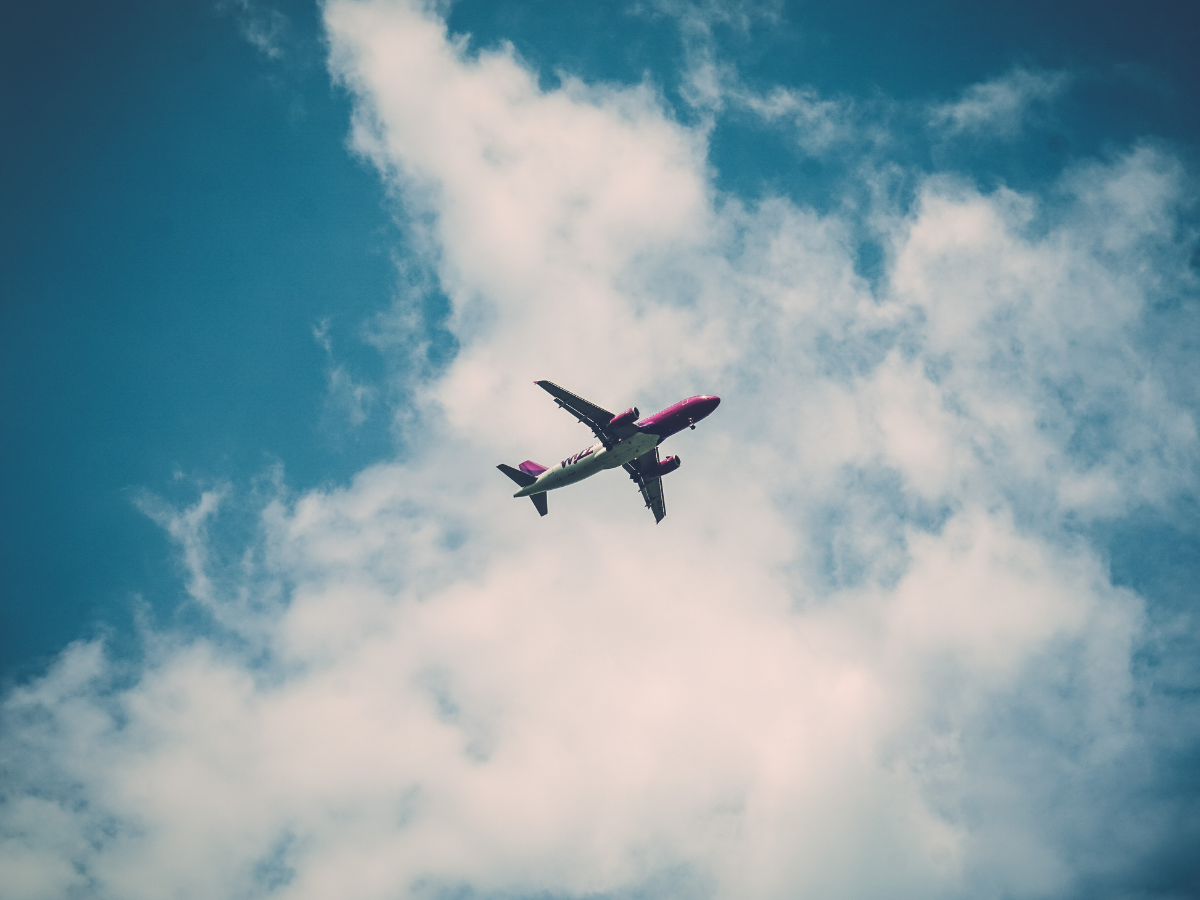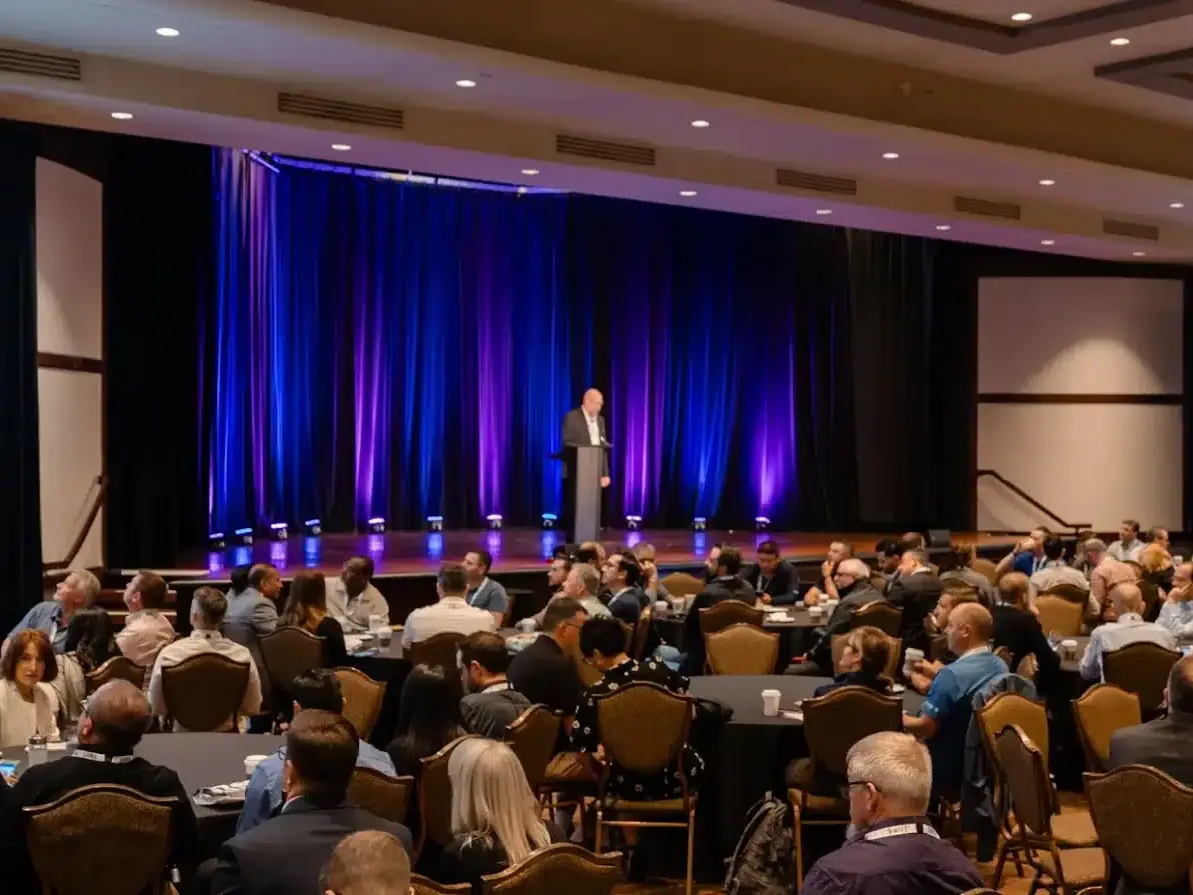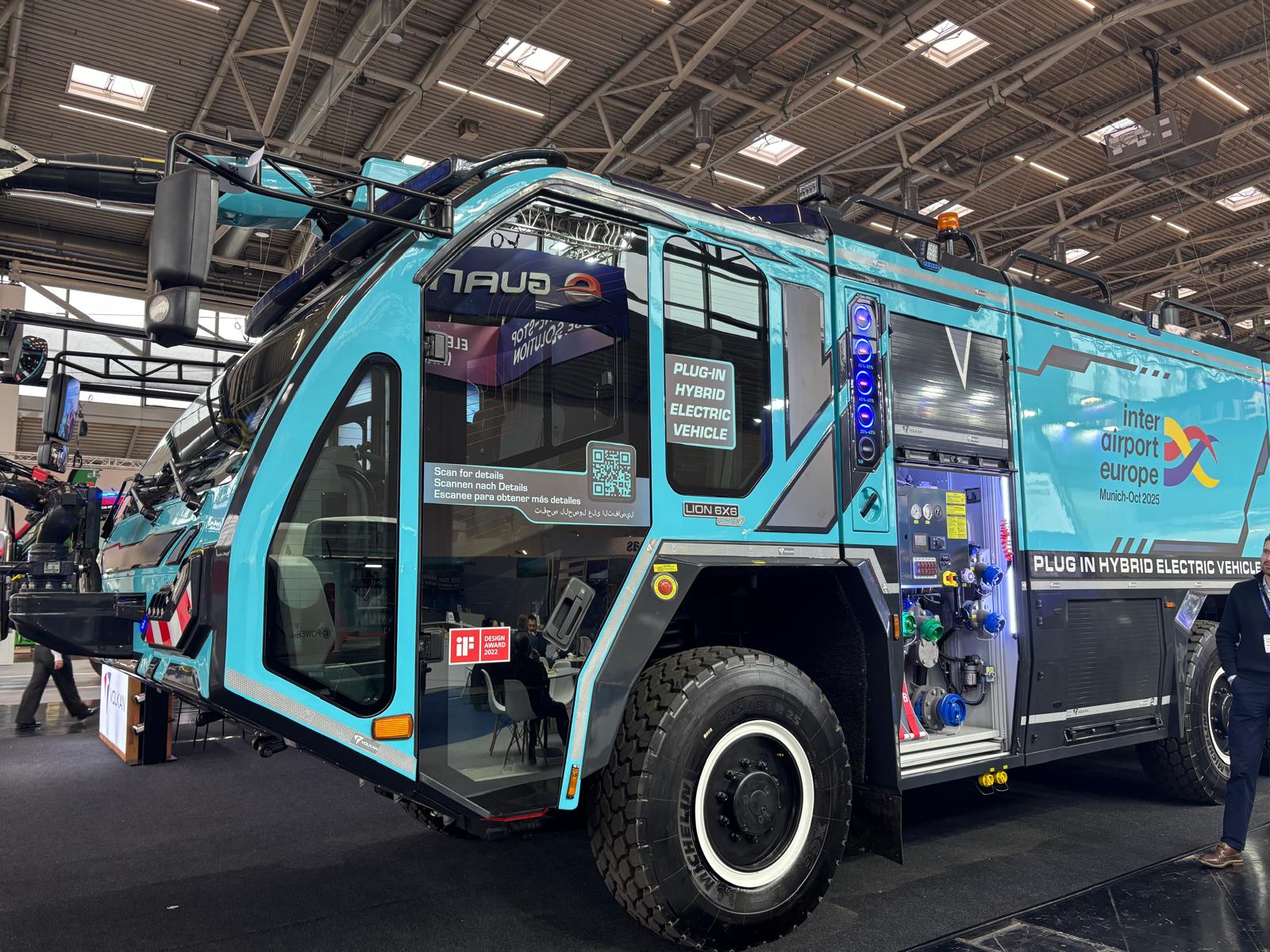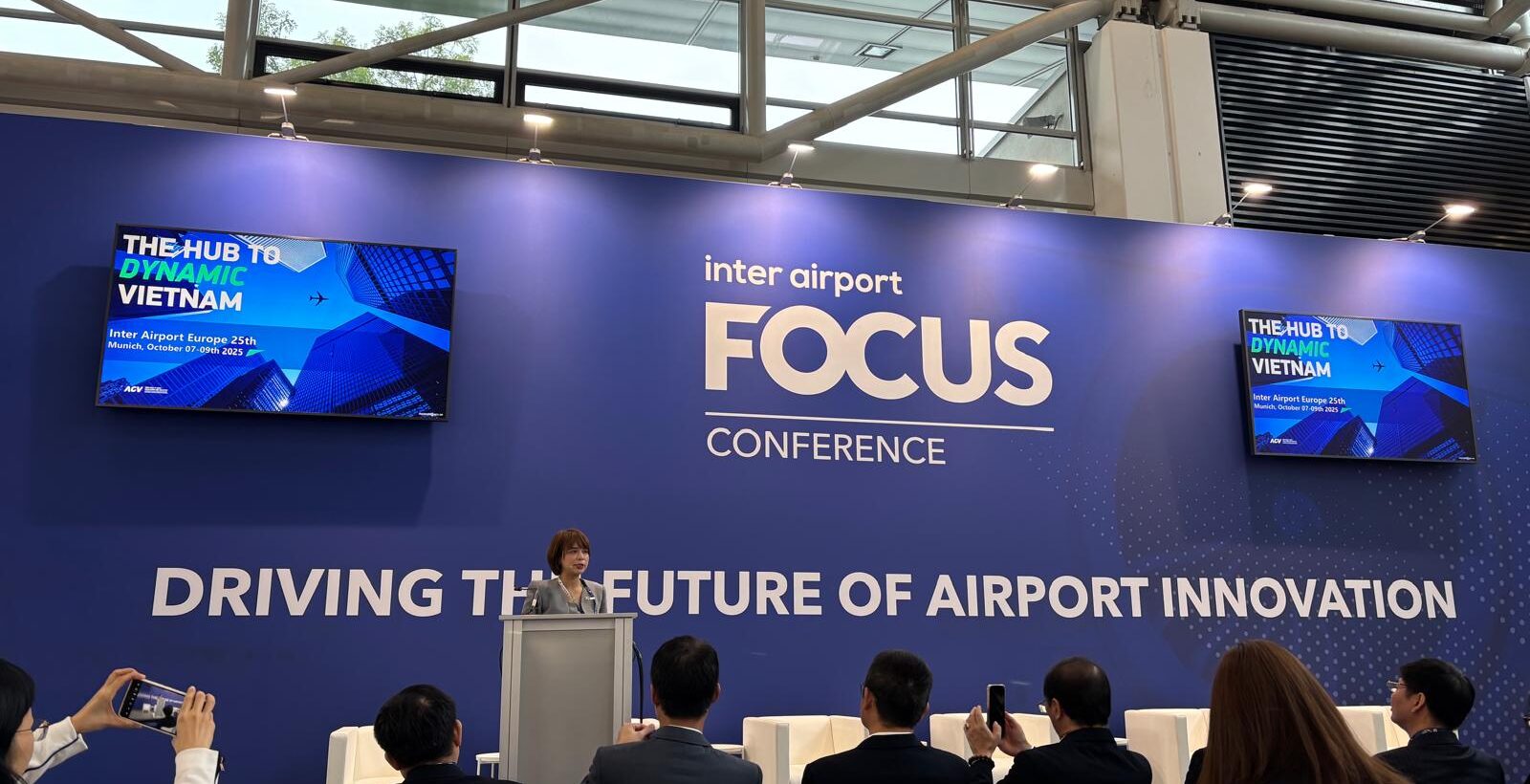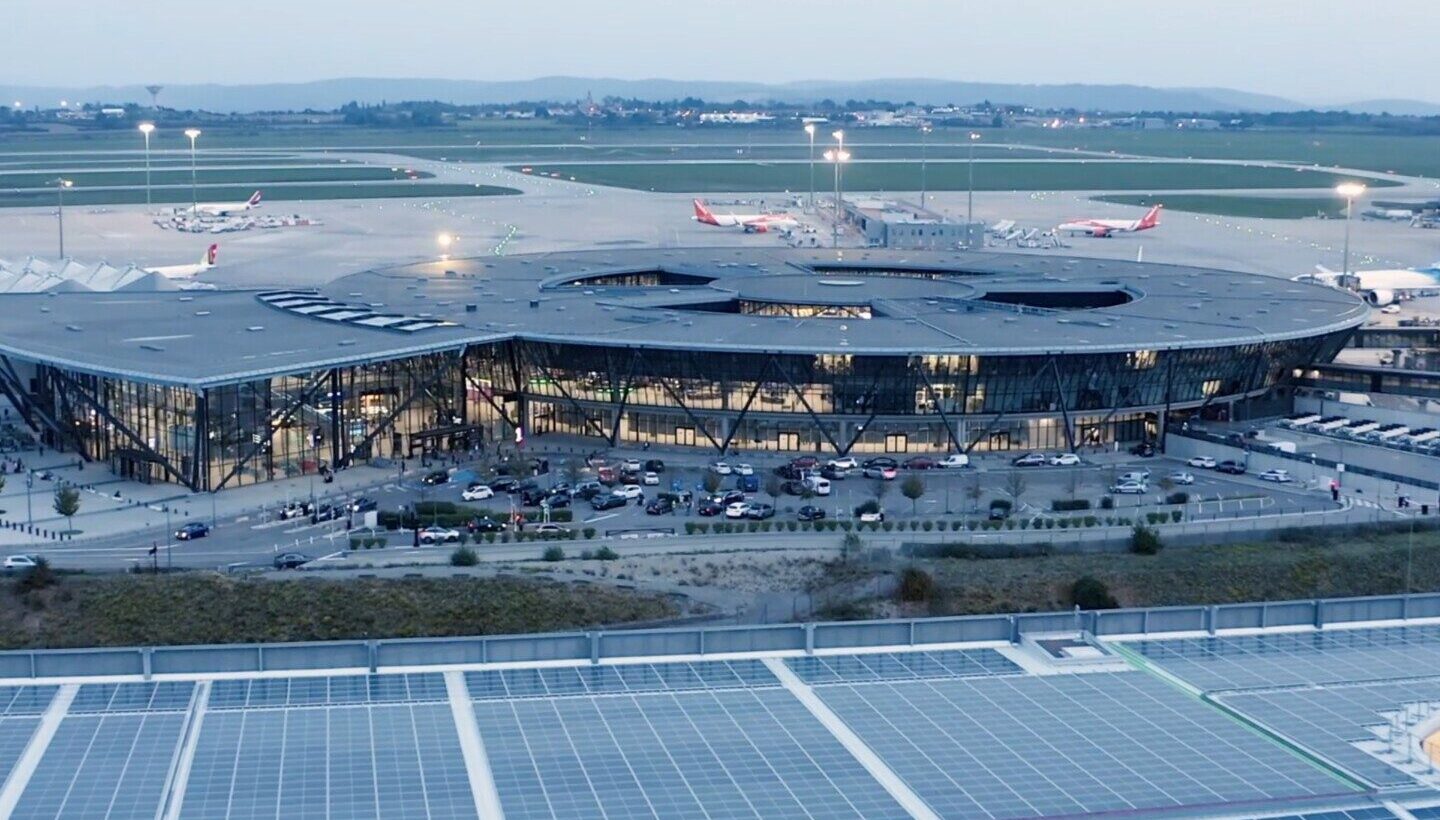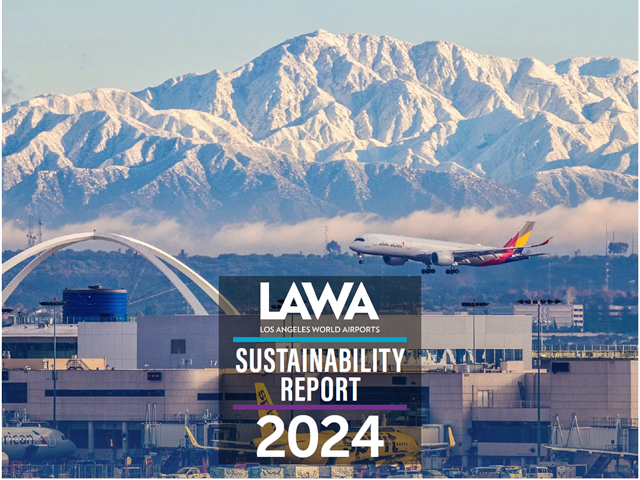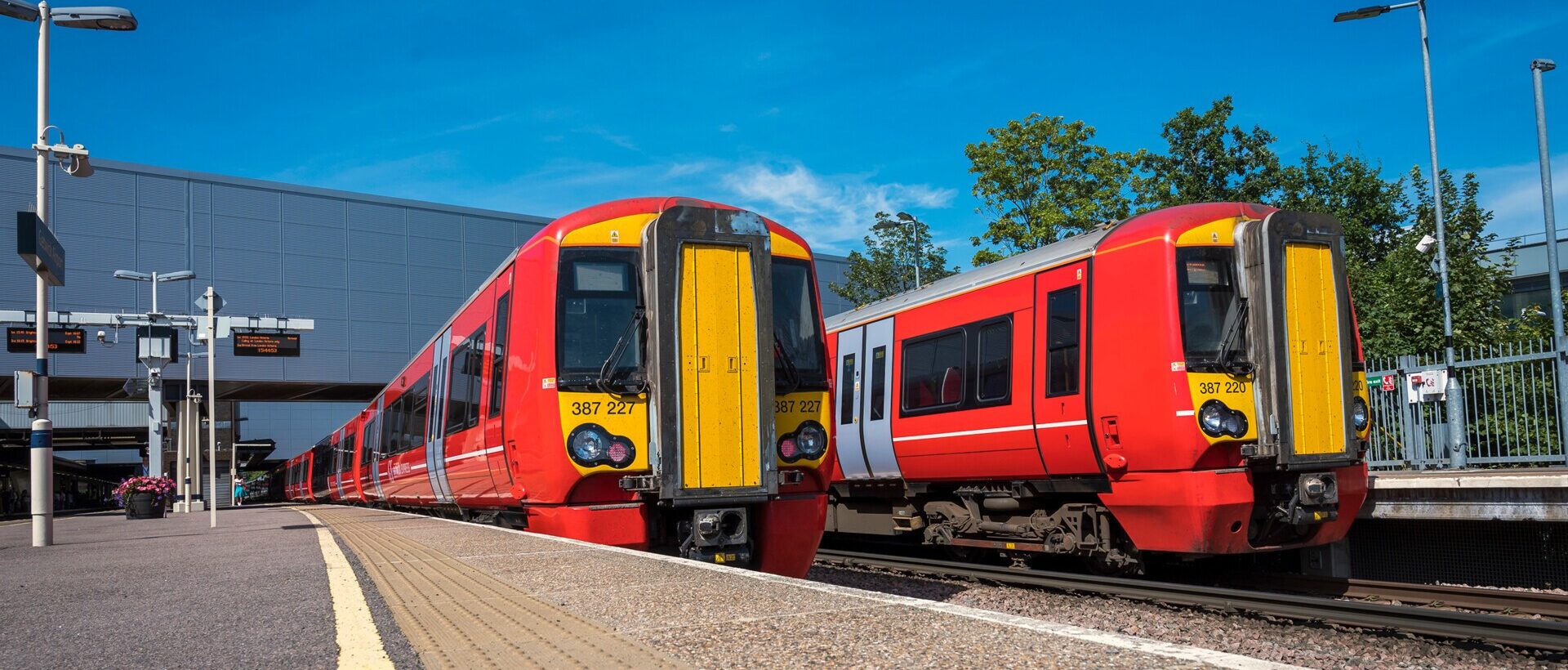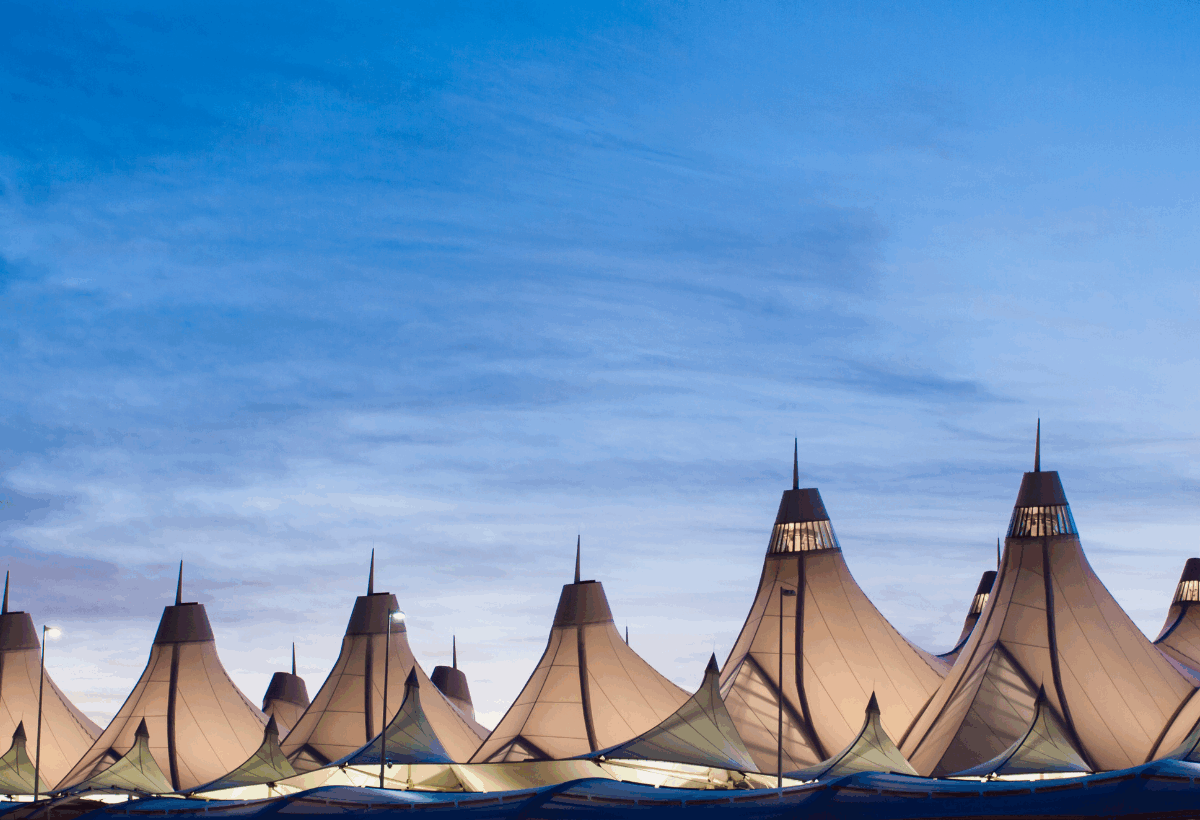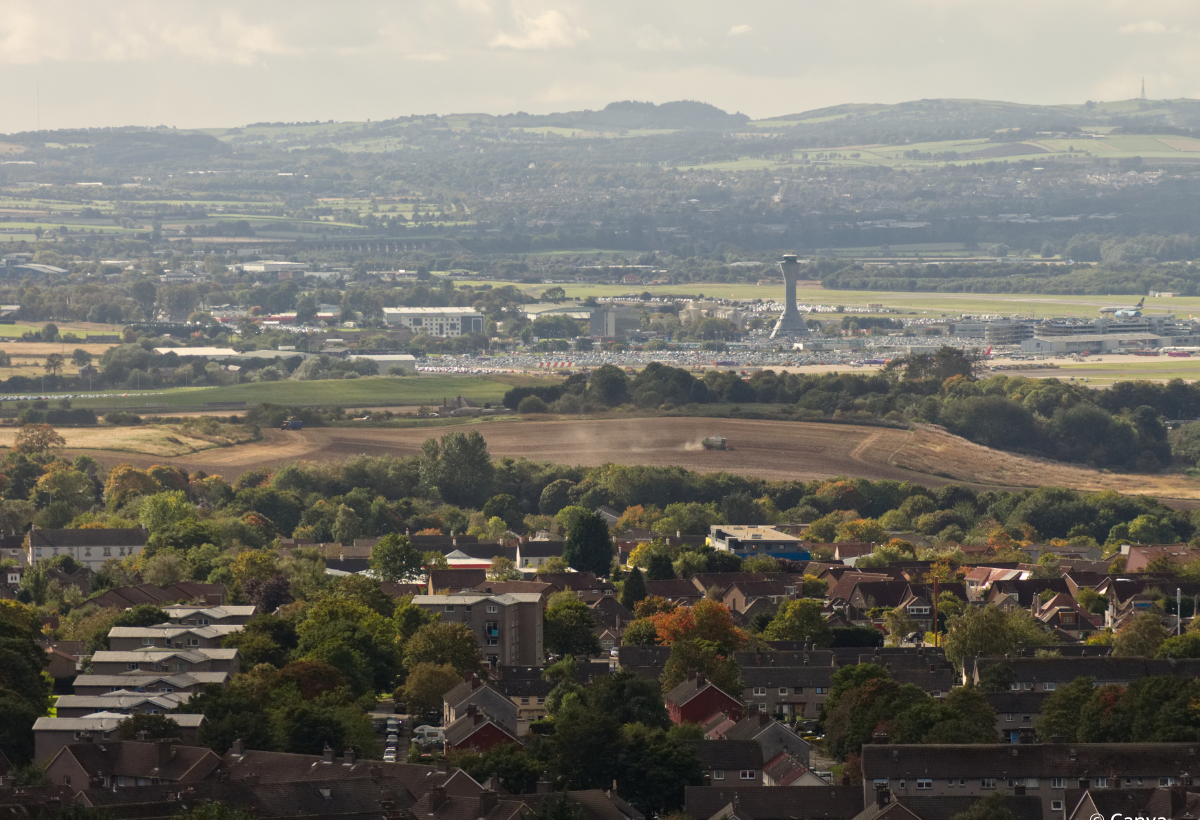With an industry locked in a relentless chase for significant carbon emission reduction; net zero can feel like an impossible target.
At inter airport Europe 2025, CMO & VP of Business Development at ADB SAFEGATE, Regardt Willer defined the steps that international airports can and are taking towards the ever elusive designation of net zero.
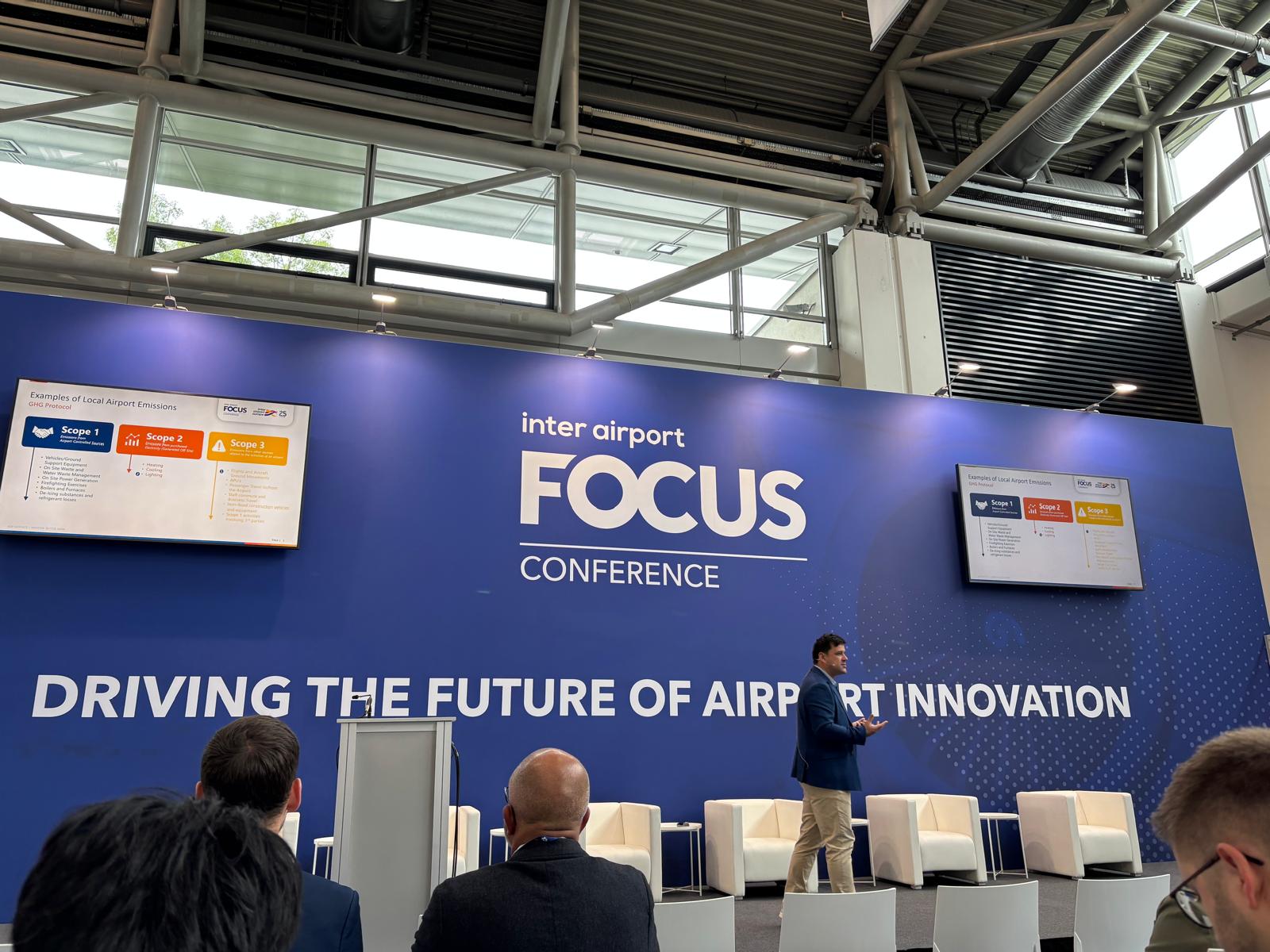
Opening proceedings with a brief rundown of the three Scope categorisation scheme; Willer quickly got to the heart of the matter: sustainability is no longer just ‘an option’, and whilst Scopes 1 & 2 can be introduced and maintained by airports themselves, the biggest hurdle the industry currently faces is the overcoming of Scope 3, which, as is made abundantly clear, is very much a collaborative effort.
With the onus shifting from airports themselves, Scope 3 can only be achieved through initiatives taken by airlines, passengers and local bodies. Airports can invest in electric ground support, photovoltaic panels and they can switch to sustainable fuels, but how can they convince the public to ditch their car journeys to the airport, or convince airlines to begin paying more attention to their own carbon footprint?
One initiative discussed at length by Willer is the long-standing ‘Follow the Green’ system: a concept in which that utilises individually lit green taxiway lights in order to provide automated, visible guidance for aircraft and vehicles, reducing taxi time, fuel burn and emissions and increasing overall traffic fluency.
The concept, which has been approved by the Single European Sky ATM Research (SESAR) programme, has been deployed at a number of airports across the world, with Zayed International Airport in Abu Dhabi having employed it with great success and seeing a subsequent reduction in taxiway incursions of 82% since its implementation.
With occupied stands and gates accounting for a large portion of taxiway holding time; turnaround management stands to make a significant contribution to the increase of both passenger satisfaction and efficient service delivery, as well as reducing the amount of harmful emissions released as a result of endless circling manoeuvres.
Whilst the onus on airports is certainly reduced upon reaching Scope 3; there are still a number of ways in which the sector can provide aid. Willer states that many airports have begun installing photovoltaic solar panels, implementing zero waste goals, reducing their use of plastic, introducing EV shuttle buses and pushed for more comprehensive integration of rail & public transport.
For example, Amsterdam Schiphol Airport has implemented a Circular Economy Focus; Changi Airport has begun operating solar & energy efficient terminals and Oslo Airport has begun integrating BioFuel into its daily operations.
Nevertheless; despite individual efforts, cross-sector collaboration is key, and a shared responsibility has the potential to spread the heavy burden across a wider, more manageable range of areas, making that full 3 Scope net zero classification less of a dream and more of a reality.



